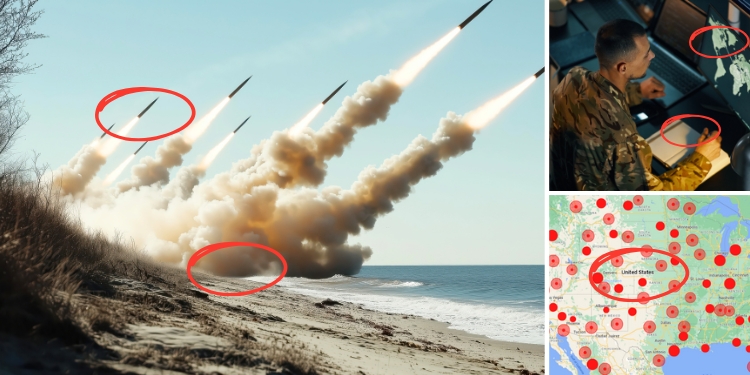Longtime investor/money manager, Jeremy Grantham, is noted for straight-talking, scholarly market assessments.
(W)e live in a mean-reverting world in investing,” he once said.
All bubbles revert to their median valuation — “no exceptions ever.”
Often before at this level, they fall well below it.
On August 31, Grantham published his latest assessment of market conditions, titled “Entering the Superbubble’s Final Act,” explaining the following:
“Only a few market events in an investor’s career really matter, and among the most important of all are superbubbles…events unlike any others.”
One reoccurring feature “is a bear market rally” after an initial sharp decline.
“(U)nwary investors (are) lur(ed) back just in time for the market to turn down again, only more viciously, and the economy to weaken.”
“This summer’s rally (now ended) perfectly fit the pattern.”
Even after declining sharply, “(t)he US stock market remains very expensive” at a time of soaring inflation, what “always hurts multiples.”
And “now fundamentals (are) deteriorat(ing) enormously,” Grantham explained.
They include another economically and socially destructive lockdown in China, what’s harming over 20 million people.
It certainly doesn’t protect anyone anywhere when instituted, indisputably the opposite.
Market fundamentals are also harmed by “food and energy crises, record fiscal tightening, and more,” said Grantham.
What hindsight one day may call the mother of all superbubbles includes “an unprecedentedly dangerous mix of cross-asset overvaluation (with bonds, housing, and stocks all critically overpriced and now rapidly losing momentum), a commodity shock, and Fed hawkishness.”
“Each cycle is different and unique – but every historical parallel suggests that the worst is yet to come.”
Times like now matter most for investors because they’re treacherous, Grantham stressed, adding:
It’s important to understand that the higher superbubbles go, the further they have to fall.
They break in “multiple stages.”
At their peak level, “a setback occurs,” what happened in Q I and II this year.
A “bear market rally” follows at some point, usually regaining half or more of losses incurred.
“(F)inally, fundamentals deteriorate and the market declines to a low.”
Examples of US bear market rallies include the following, Grantham explained, saying:
“1. From the November low in 1929 to the April 1930 high, the market rallied 46% – a 55% recovery of the loss from the peak.”
“2. In 1973, the summer rally after the initial decline recovered 59% of the S&P 500’s total loss from the high.”
“3. In 2000, the NASDAQ recovered 60% of its initial losses in just 2 months.”
“4. In 2022, at the intraday peak on August 16th, the S&P had made back 58% of its losses since its June low.”
At market peaks, economic conditions look rosy.
That was the state of things in 1929, 1972, 1999, “and in Japan (the most important non-US superbubble).”
“The aging cycle and temporary near perfection of fundamentals leave economic and financial data with only one way to go.”
What can’t go on forever never does, and what goes up inevitably comes down.
At this time, after an initial superbubble-bursting decline and bear market rally, “the fundamentals are far worse than expected,” Grantham stressed.
They include economic trouble in China where “too many things are going wrong at the same time (in a nation that) carried by far the biggest load of global growth for the last 30 years.”
And there’s real estate weakness throughout the US/West and elsewhere.
“Historically, real estate has been the most important asset class for economic stability,” Grantham explained.
And this reality check, saying:
“Previous superbubbles saw a much worse subsequent economic outlook if they combined multiple asset classes,” including stocks, bonds and housing.
“(O)r if they combined an inflation surge and (rising interest) rate shock with a stock bubble.”
“The current superbubble features the most dangerous mix of these factors in modern times.”
The three major asset classes – housing, stocks, and bonds – “were critically historically overvalued at the end of last year.”
And now there’s soaring inflation, rising interest rates, and “commodity shocks” caused by shortages and high prices.
“If history repeats,” what’s highly likely, “the play will once again be a Tragedy,” Grantham explained.




No comments:
Post a Comment